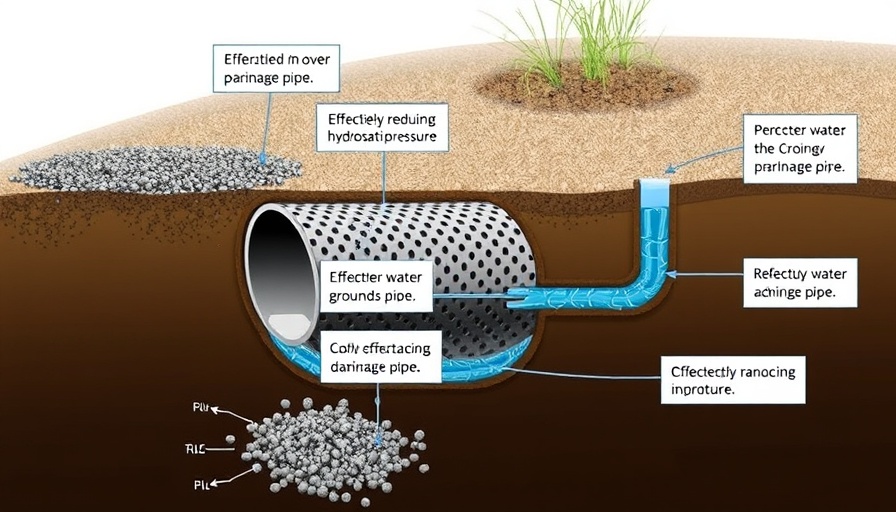
Understanding the Challenges of Upgrading a 2x4 Wall
When faced with the necessity of upgrading an old exterior 2×4 wall, many homeowners might feel overwhelmed. The structural integrity and insulation effectiveness of walls are key considerations that significantly impact energy efficiency. As building standards evolve, so do the options for enhancing existing structures. This article explores innovative methods to efficiently upgrade old 2×4 walls, ensuring not only enhanced performance but also compliance with current environmental standards.
Key Upgrading Strategies to Consider
One effective strategy for updating an old 2×4 exterior wall is to insulate the space better. By adding rigid foam insulation on the exterior of the existing wall, homeowners can significantly improve thermal performance. This method not only enhances insulation but also protects against moisture, creating a robust barrier against heat loss. As highlighted by experts in the field, using non-toxic materials for insulation can further mitigate environmental impact, making the project greener and safer.
Understanding the Benefits of Upgrading
The benefits gained from upgrading old walls extend beyond energy efficiency. Improved insulation leads to lower utility bills, which is a significant advantage for homeowners concerned about ongoing costs. Furthermore, enhanced wall systems can improve indoor air quality, contributing to overall wellness in living spaces. Incorporating environmentally friendly materials aligns with modern values for sustainability and health, making the upgrade not only a financial investment but also a moral one.
Addressing Potential Obstacles
While upgrading is highly beneficial, there are practical challenges. One common issue is the potential for existing wall damage that may not be visible during initial assessments. Homeowners are encouraged to conduct thorough inspections or hire professionals, ensuring that any structural issues are addressed before proceeding with upgrades. Additionally, zoning regulations and building codes must be considered, as these can affect design choices and financial investment needed for the upgrade.
Future Trends in Home Insulation and Building Materials
Looking ahead, the trend towards high-performance materials will influence how homeowners approach wall upgrades. Emerging innovations in sustainable building materials promise to enhance insulation properties while minimizing environmental impact. As technology continues to advance, new insulation materials that are both efficient and non-toxic are likely to become increasingly common, offering homeowners more options for environmentally responsible living spaces.
Conclusion: The Value of Upgrading Your Walls
In conclusion, upgrading an old exterior 2×4 wall can yield substantial benefits in both energy efficiency and indoor air quality. Emphasizing sustainable renovations not only improves living conditions but also supports environmental stewardship. Whether through strengthened insulation or non-toxic materials, homeowners have the opportunity to transform their homes into havens of comfort and sustainability. If you're considering an upgrade, now is the perfect time to explore all available options and make informed decisions that will benefit both you and the planet.
 Add Row
Add Row  Add
Add 






Write A Comment